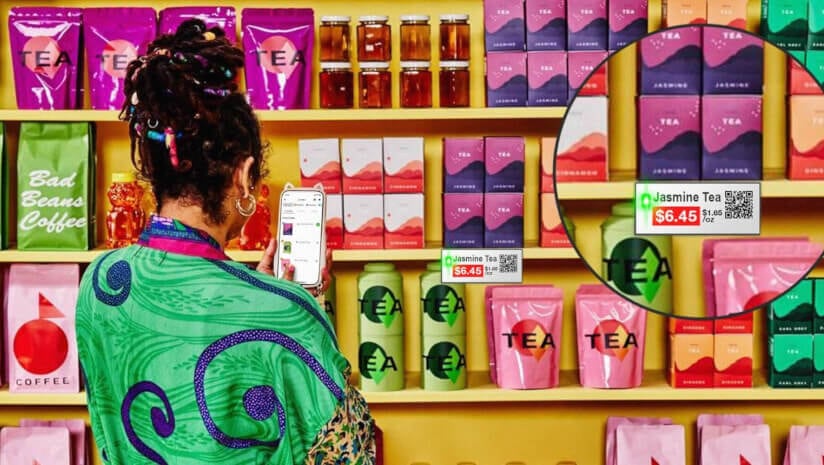Consumer satisfaction with supermarkets remained steady in 2024 while shopper sentiment on aspects of digital shopping declined, according to a new report from the American Customer Satisfaction Index (ACSI).
The ACSI interviewed more than 41,000 US consumers in 2024 for their thoughts on retailers and channels, including supermarkets, general merchandise, online and specialty retailers as part of its annual Retail and Consumer Shipping Study.
Survey respondents were asked to rate their satisfaction with various retailers from 1-100 (with one being the worst and 100 being the best) and why they liked or disliked them.
Supermarket satisfaction remained unchanged in the 2025 survey released on Jan. 28, 2025 and received an average score of 79 two years in a row. Publix, Trader Joe’s and Sam’s Club were the top retailers in the supermarket category with an average score of 84, 84 and 83, respectively.
Ahold Delhaize, Kroger, Walmart and Wegmans were the only retailers to boost customer satisfaction in the supermarket segment, increasing 1% for each retailer. Consumer satisfaction declined the most for BJ’s Wholesale Club, Costco and H-E-B, dropping 6%, 5% and 4%, respectively.
Convenient hours and locations were among the top reasons consumers were satisfied with supermarkets, each reason receiving an average score of 84. However, consumer satisfaction in engaging with call centers went from 79 in 2024 to 76 in 2025, while satisfaction with the frequency of sales and promotions dropped 1 point.
Additionally, the quality of mobile app and website satisfaction dropped 1 point each, and “accuracy of order fulfillment for pickup” dropped 2 points in the 2025 report.
Online retailer satisfaction dipped slightly
Online retailers received an average score of 79, a dip of 1 point from the previous year.
Amazon remained the top retailer in the online multimarket category with a score of 83, unchanged from the 2024 report. However, customer satisfaction with Costco and Walmart declined 3% and 1%, respectively, in the online multimarket category.
Consumer sentiment also dipped across a variety of digital shopping metrics.
While the quality of mobile apps held steady at 87 in the 2025 report, ease of the checkout and payment process, mobile app reliability and ease of navigation each dropped 1 point in 2025. Additionally, the usefulness of product images dropped from 83 in 2024 to 81 in 2025.
Digital investments in improving the customer experience appear to be paying off. This is especially true at Sam’s Club where the retailer’s customer satisfaction jumped from 81 in the 2024 report to 85 in 2025.
Sam’s Club Scan & Go program allows customers to scan in-store items and purchase their items in the app instead of the checkout counter, ACSI noted in the report. Additionally, the company is experimenting with new technology to improve the receipt checking before leaving the store, the ACSI added.
Retailers and brands bolster tech investments to spur growth
Many retailers are investing in a host of technologies from generative AI (gen AI) to smart carts to digital cooler screens to improve the customer experience, spur growth and provide opportunities for CPG companies to market their brands.
This comes as e-commerce growth outpaces the brick-and-mortar channel. E-commerce sales reached $145 billion in the US for the year ending Aug. 20, growing 9.7% over last year’s timeframe, according to Circana data.
Many retailers are focusing on their efforts to boost targeting specific customers with personalized and tailored messages. Less than half (42%) of retail executives surveyed as part of a 2024 Adobe Experience Cloud survey said that they plan to deploy real-time geo-targeted and behavior-triggered communications or apps in the next year or two, while 33% deploy that technology now.
Additionally, retailers and brands that invested in gen AI — which can be used to create marketing assets and improve the customer experience — already are realizing returns, according to a Google report. Among 376 retailers and brands who invested in gen AI, 57%, 30% and 13% increased annual revenues by 6-10%, more than 10% and 1-5%, respectively.




